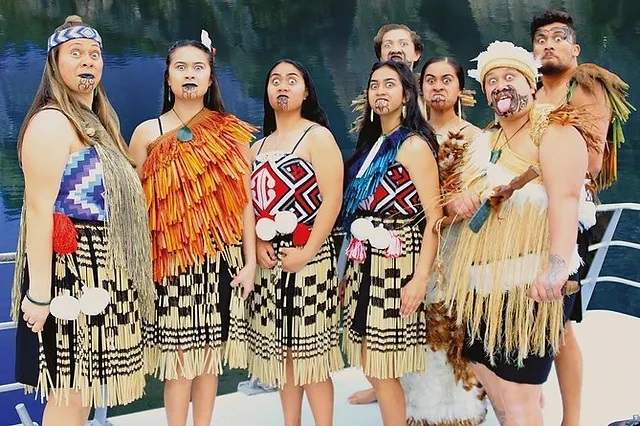Māori Tribe (New Zealand) History Culture Tradition Dress Food Facts : The Māori Tribe, native to New Zealand, boasts a captivating history, culture, and traditions. As Polynesian explorers, they arrived in New Zealand over 1,000 years ago, developing a unique society and language. Māori cultural practices, such as haka performances and intricate wood carvings, reflect their strong spiritual beliefs and ancestral connections. Traditional Māori clothing, tattoos (moko), and distinctive cuisine, like the hāngi, add fascinating dimensions to their enduring legacy within Aotearoa, the Land of the Long White Cloud.
Māori Tribe (New Zealand) History Culture Tradition Dress Food Facts
Māori Tribe (New Zealand) History
The Māori Tribe’s history in New Zealand spans over a millennium. Believed to have arrived around 1,000 years ago, they settled and developed a distinct culture and society. Their ancestors explored the Pacific Ocean in large canoes, establishing communities and tribes across the islands. Māori history is marked by significant events, such as conflicts with European settlers and the signing of the Treaty of Waitangi, which continues to shape their modern journey towards cultural preservation and recognition.

